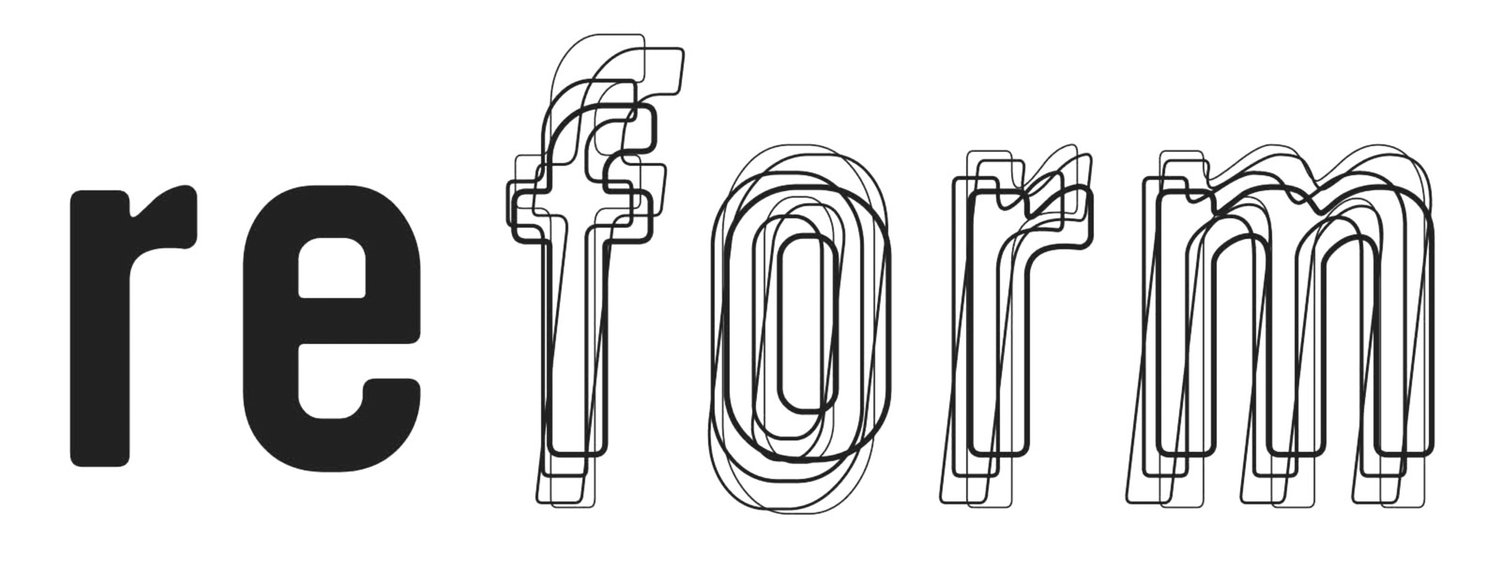(Digit)Craft
-
While some argue that digital design and fabrication is a dissociation between the hand and the making of things, this installation considered the opposite. Can digital design and fabrication act as re-connect between the hand and making? This key question was considered through the design and fabrication of a permanent installation in the School of Architecture and Planning at The Catholic University of America. The installation was programmed to contain space for various student groups, a student lounge and a viewing balcony open to the exhibition space below.
In the same way the craftsmen of the past considered how the potentials of the chisel could change his/her understanding of wood, designers today must consider the potentials of Computer Numeric Controlled (CNC) machineries and the unique opportunities they can provide us in establishing a renewed understandings of materials and forms.
As computer aided design evolves from a representational tool into a tool for making, a number of factors must be reconsidered. Ultimately, both process and precision need careful reconsideration as critical steps in the virtual and physical construction of drawings, models, and full-scale assemblies. The resulting design enhances both the experiential and performative nature of the new student work and gathering spaces in the loft of the Edward Crough Center and fosters a new connection between the gallery/exhibition space below and the studio spaces above.












